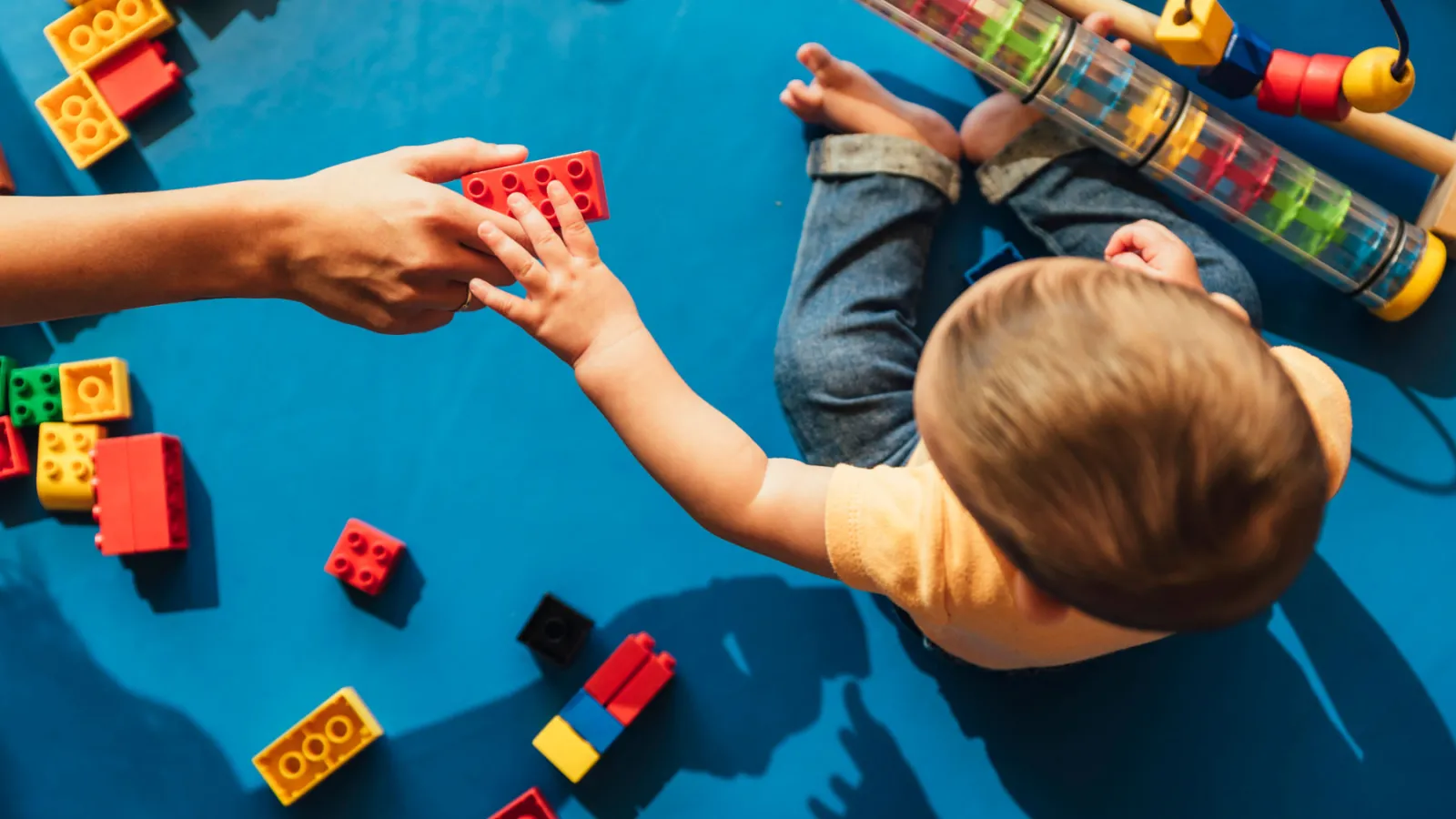Banner

Title
resources
Resource Library
Our Resource Library contains materials and assistance for early childhood educators and those they serve. Explore our selection of podcasts, tip sheets, websites, documents, and self-study courses.
Results: Page 20 of 22
| Resource Name | Description | Resource Type |
|---|---|---|
| Therapeutic Language--Language that Regulates: Part Two | In the second part of our series on using therapeutic language with young children, Colleen Dockendorf is a guest speaker with Cindy Croft and Priscilla Weigel. She will discuss specific ways to use therapeutic language as a philosophical framework to help you transform your interactions with children. Please listen for some practical ways to promote emotional literacy in young children, particularly those who need to communicate 'big' feelings. | Podcast |
| Tips to Help Children Who Bite | This article from Bright Horizons discusses the following topics:Why Do Children Bite?How to Respond to Children Who BiteCan Parents Prevent Their Child from Biting?What If Your Child is Bitten? | Document |
| To Prevent Bullying, Focus on Early Childhood | To prevent bullying before it starts, we need to focus on how bullying behaviors develop--for those engaging in bullying behaviors and those being targeted--starting in early childhood. Child Trends recently conducted a literature review and convened an expert roundtable, which NAEYC took part in, to document current understandings of the roots of bullying in early childhood. We identified key contextual factors linked to bullying behaviors, promising, and evidence-based programs that help address emerging behavior and the need for further research. | Document |
| Toddlers and Biting: Finding the Right Response | Trying your best to understand the underlying cause of the biting will help you develop an effective response. Children bite in order to cope with a challenge or fulfill a need. | Document |
| Toddlers and Challenging Behavior: Why They Do It and How to Respond | This ZERO TO THREE article explores the meaning behind challenging behaviors and how parents and caregivers can set age-appropriate limits for their toddlers. | Document |
| Toddlers and Challenging Behavior: Why They Do It and How to Respond | This ZERO TO THREE article explores the meaning behind challenging behaviors and how parents and caregivers can set age-appropriate limits for their toddlers. | Document |
| Tools for Your Toolbox: Strategies to Meet Challenging Behaviors | Registration Available Monday, October 28, 2024 to Tuesday, October 28. 2025.Explore tools for working with children who have challenging behaviors, including environmental and programmatic adaptations. Explore specific guidance strategies that support sensory, developmental, and temperament needs of all children.Knowledge and Competency Framework Area - II.C: Promoting Social and Emotional Development CDA Content Area - III: Positive ways to support children’ social and emotional development 🔊 This course includes Audio and is accessible from a mobile device. For optimal performance, viewing from a computer or tablet is highly recommended. For ten clock hours on your Learning Record, please register and pay online at Develop. Then, complete a 500-word reflection paper and submit this document with your reflection. Please note: You have access to this document as view only. To enable editing, download the document. Click "file" then "download as" in the upper left-hand corner of this screen. This will give you the option to open the document as a Word doc on your own computer. Then, you can complete the information and email it to: credit@inclusivechildcare.org. *Disregard any directions regarding a final quiz. The only learning assessment needed is the reflection paper. | Course |
| Trauma and Challenging Behavior | This tip sheet highlights the relationship between trauma and challenging behavior and offers strategies to build caring relationships with young children. | Tipsheet |
| Trauma, Stress and Resilience in Young Children | This course provides basic knowledge about trauma and how to support children who have experiences or are currently experiencing trauma.Knowledge and Competency Framework Area - II.C: Promoting Social and Emotional Development CDA Content Area - III: Positive ways to support children’ social and emotional development 🔊 This course includes Audio and is accessible from a mobile device. For optimal performance, viewing from a computer or tablet is highly recommended. For ten clock hours on your Learning Record, please register and pay online at Develop. Then, complete a 500 word reflection paper and submit this document with your reflection. Please note: You have access to this document as view only. To enable editing, download the document. Click "file" then "download as" in the upper left-hand corner of this screen. This will give you the option to open the document as a Word doc on your own computer. Then, you can complete the information and email it to: credit@inclusivechildcare.org. *Disregard any directions regarding a final quiz. The only learning assessment needed is the reflection paper. | Course |
| Trauma: Cómo responden los niños (Trauma: How Children Respond) | Definición de trauma y respuestas de desarrollo de niños pequeños a experiencias traumáticas. Definition of trauma and developmental responses of young children to traumatic experiences. | Tipsheet |
Results: Page 20 of 22